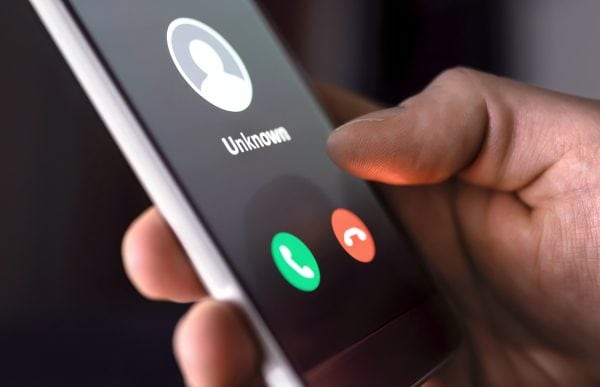Call Spoofing: How Scammers are Using Fake Phone Numbers to Scam You

There has been a huge increase in ‘Call-Spoofing’ Australia wide in the last few months, but what is it? Why is it happening and what should you do if you receive one?
What is Call-Spoofing?
‘Call spoofing’, is the latest weapon used by cyber criminals to encourage people to accept a call.
Put simply, Call-Spoofing is the manipulation of the phone number displayed on the call receiver’s caller ID display. Scammers will modify the caller ID so that it appears that the call is coming from a local or known phone number, so that the call receiver will be more likely to trust and therefore answer the call.
People are becoming increasingly wary of unknown phone numbers; and scammers know that their targets are unlikely to pick up a call from an unknown number. To combat this, they use call spoofing, which overrides their actual number and causes a person’s phone to show the call as coming from a legitimate company like Telstra or the ATO.
Some cases have even seen scammers overstamp a phone number so that it’s just one digit different to the receiver’s phone number. This is a psychological tactic that is meant to create trust, and increase the likelihood that the user will accept the call.
Most spoofed calls have an automated message that runs when the call is answered, however some have real people answering the calls. Some spoofing attacks connect you to a real person who will attempt to take money from you under false pretences.
Either way the scammers will apply time pressure and threaten you with penalties if you fail to pay while on the call.
Why has there been such a big increase in the amount of Call-Spoofing?
Recent research from Telstra reported that the increase in call spoofing is directly linked to the pandemic.
As we have been forced to retreat indoors, Australians have been spending more time on their phones than ever before.
Scammers have seen this as the perfect opportunity to capitalise on people while they are at their most vulnerable.
How to spot a fraudulent CallerID
It is a good idea to learn how to recognise a scam that uses spoofing, in order to avoid them.
1. Look out for generic greetings like “Dear customer,” as opposed to your real name.
2. Avoid answering ‘Unknown’ numbers, this is a very common technique used by scammers.
3. Take note of the caller’s tone of voice; if the caller seems pushy or demanding, hang up. Scammers will try to make the call appear urgent, to increase the possibility of you handing over the information.
4. Think carefully about the reason the caller says they need your personal information. If they say they need it for an event you’ve never heard of, hang up.
What to do if you receive a call from a scammer?
1. Never answer a call from an unknown number, but if you do, hang up.
2. Never press any buttons, and if the caller asks you to, hang up.
3. Never answer any questions, especially ones about your personal information.
4. Don’t blindly trust that the caller is who they say they are. If the caller says that they work for a company or a government agency, hang up, then look up the company’s phone number on their website, and call them back on that number. This will verify whether the call was legitimate or not.
5. Don’t panic. Scammers will see this as vulnerability and try harder to manipulate you into giving away your personal information.
Contact Our Cybersecurity Team Today!
If you have any other questions, or recognise that it’s really time to secure your business digitally, call us on 1300 350 292, or get in touch with us and book an appointment with one of our specialists.
